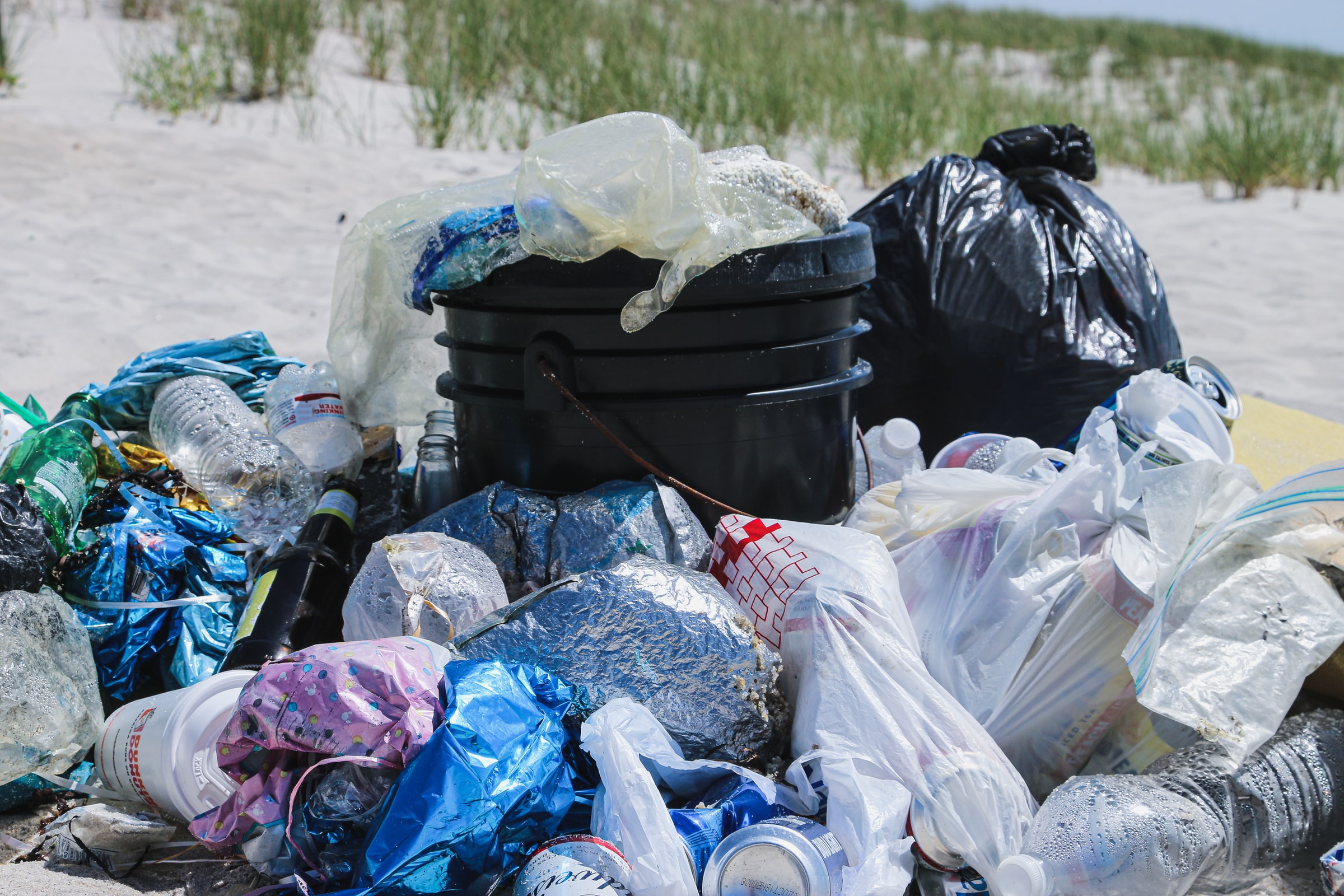How Do You Treat Infectious Waste in an Area?
1/27/2022

When treating and disposing of infectious waste in areas like hospitals, using non-incineration devices is the most popular method.
• Autoclave
Autoclaving is the most common type and utilizes steam in high pressure at 121- 134 degrees celsius to treat and disinfect medical waste that can either be disposed of properly or recycled.
It’s also a well-known technology in many hospitals and is considered highly flexible as it’s also used to sterilize surgical instruments. Operating, monitoring, and maintaining autoclaves are straightforward.
Moreover, it can be operated through electrical power, fuels, or gas. Autoclaves vary in different models like desktop units that accommodate and process liters of infectious wastes and can simultaneously operate tonnes.
Other technology providers are using these, but they can be hazardous to the environment because the disinfected waste can emit pollutants from these chemicals that negatively impact the environment.
This technique typically involves using ultraviolet and electron beams. However, it’s still not widely available, so few institutions use this method.
Some facilities use other treatment technologies, such as using dry heat or steam as disinfection agents, as well as other methods like electrothermal disinfection, microwaves, dry heaters, and frictional heating.
Conclusion
Overall, among all the technologies mentioned above, autoclaves are widely and most commonly used due to their flexibility and ability to process massive tonnes of medical waste at once.
